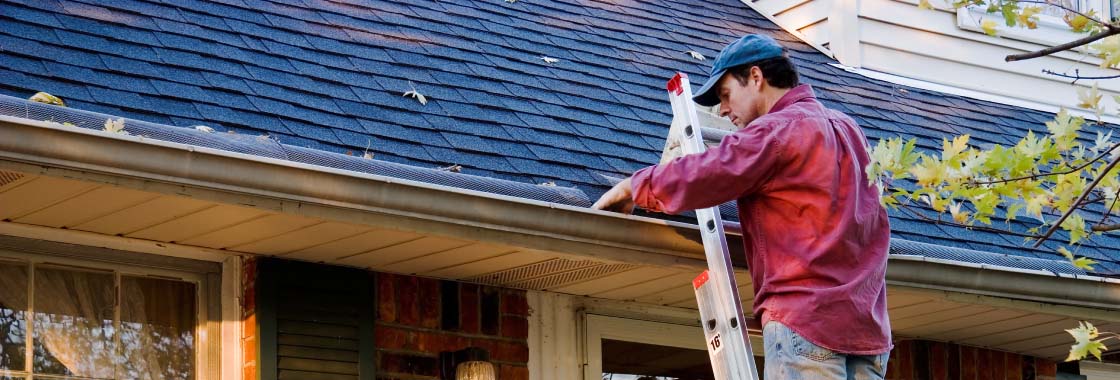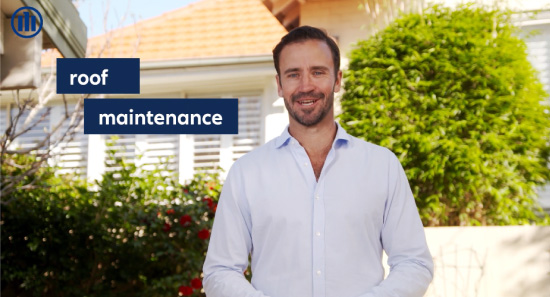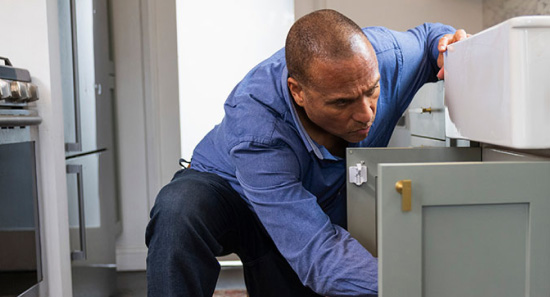
Why home maintenance is so important
Home maintenance affects your insurance policy
Enjoy the benefits of a well-maintained property
When to maintain your property and what to check
-
Monthly
-
3 monthly
-
6 monthly
-
Yearly
-
10+ years
-
Holiday
-
Storm
Monthly checklist
Bathroom
Kitchen and laundry
Ventilation
General repairs
3 monthly checklist
Bathroom
Ventilation
Exterior
Pests
6 monthly checklist
Bathroom
Kitchen and laundry
Exterior
Yearly checklist
Bathroom
Kitchen and laundry
Ventilation and heating
Roof and exterior
Fencing and decking
10+ years checklist
Bathroom, kitchen, and laundry
Ventilation and heating
Roof and exterior
Holiday checklist
Storm checklist
Home maintenance guide PDFs
Holiday
Routine
Storm
Repairs and home improvements
Want to find out more about our Home Insurance?
Disclaimer
This article has been prepared by Allianz Australia Insurance Limited ABN 15 000 122 850 AFSL234708 ("Allianz"). In some cases, information has been provided to us by third parties and while that information is believed to be accurate and reliable, its accuracy is not guaranteed in any way.
Any opinions expressed constitute our views at the time of issue and are subject to change. Neither Allianz, nor its employees or directors give any warranty of accuracy or accept responsibility for any loss or liability incurred by you in respect of any error, omission or misrepresentation in this article.
We're here to help
Give us a call, or send us a message
Follow us on
*Conditions apply
72-hour exclusion period may apply
We don’t provide cover for any loss of or damage to your property caused by cyclone, flood, grassfires and bushfires, during the first 72 hours after you first purchase a policy or increase your cover under an existing policy. For full details of conditions and exclusions please refer to the relevant PDS.
Any advice here does not take into account your individual objectives, financial situation or needs. Terms, conditions, limits, and exclusions apply. Before making a decision about this insurance, consider the relevant Product Disclosure Statement (PDS)/Policy Wording and Supplementary PDS (if applicable). Where applicable, the PDS/Policy Wording, Supplementary PDS and Target Market Determination (TMD) for this insurance are available on this website. We do not provide any form of advice if you call us to enquire about or purchase a product.
Allianz Australia Insurance Limited ABN 15 000 122 850 AFS Licence No. 234708 is the insurer of any general insurance products offered, and Allianz Australia Life Insurance Limited ABN 27 076 033 782 AFS Licence No. 296559 is the insurer of any life insurance products offered. Each entity is responsible for any statements and representations made about its products, on this website.

